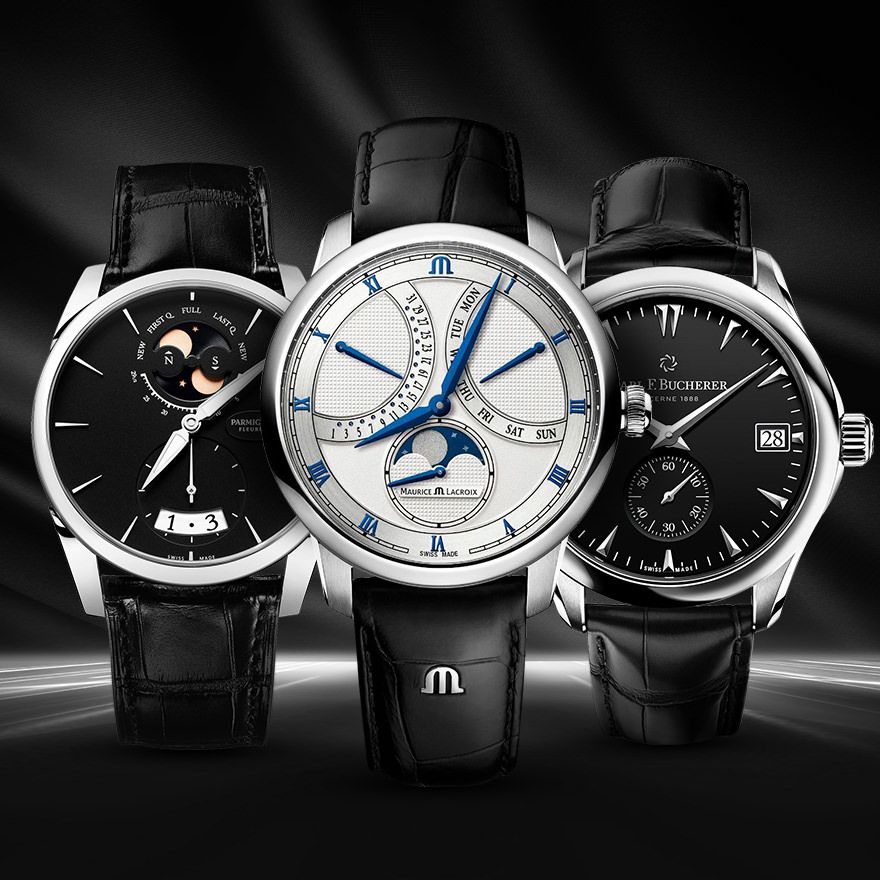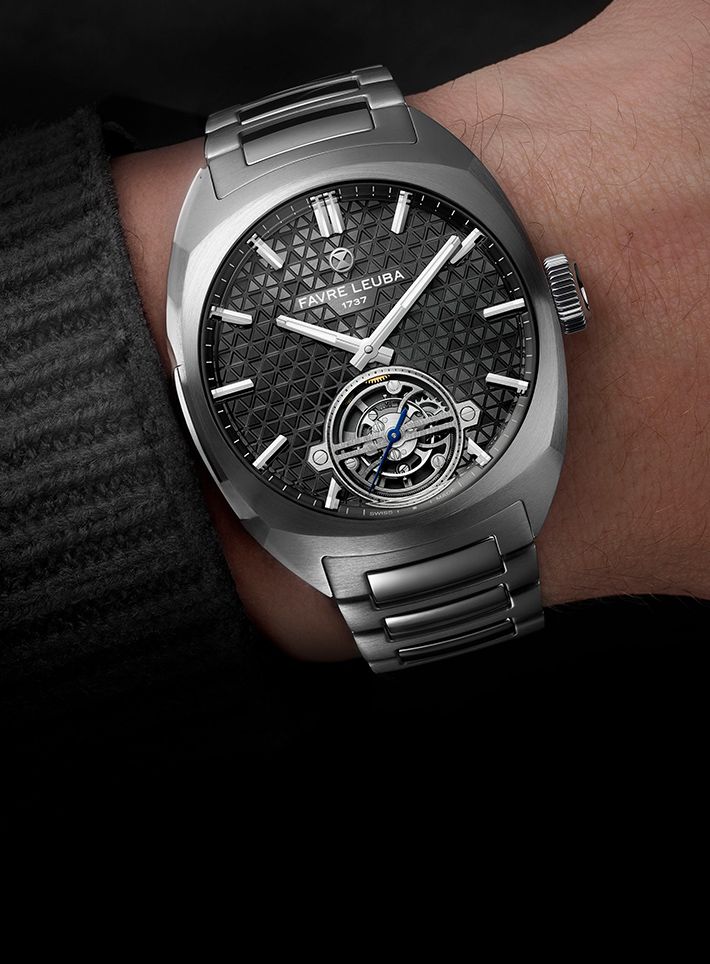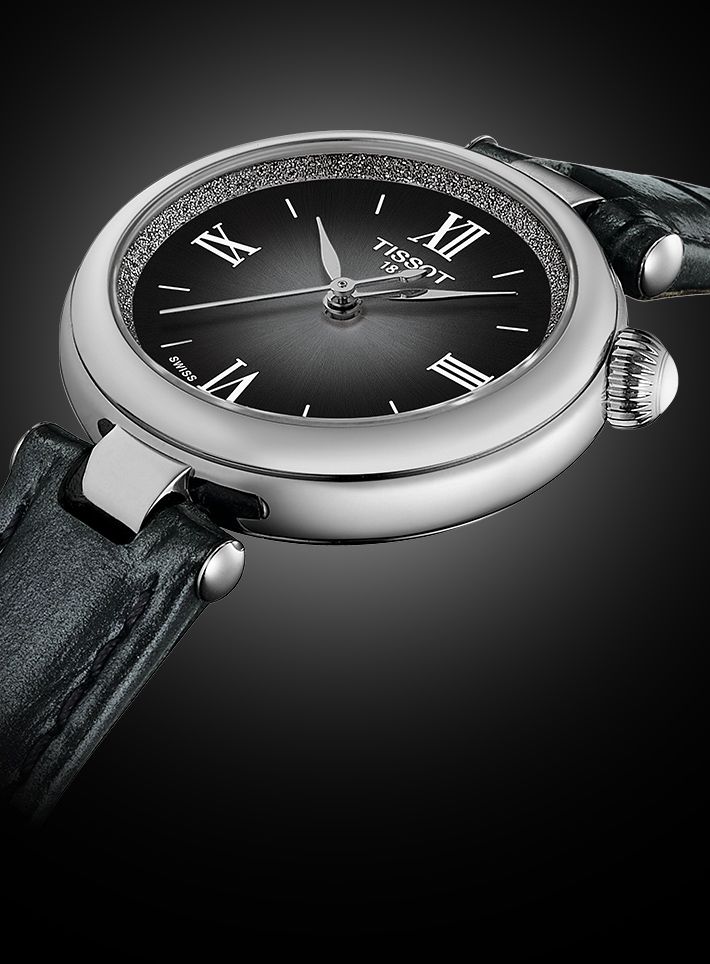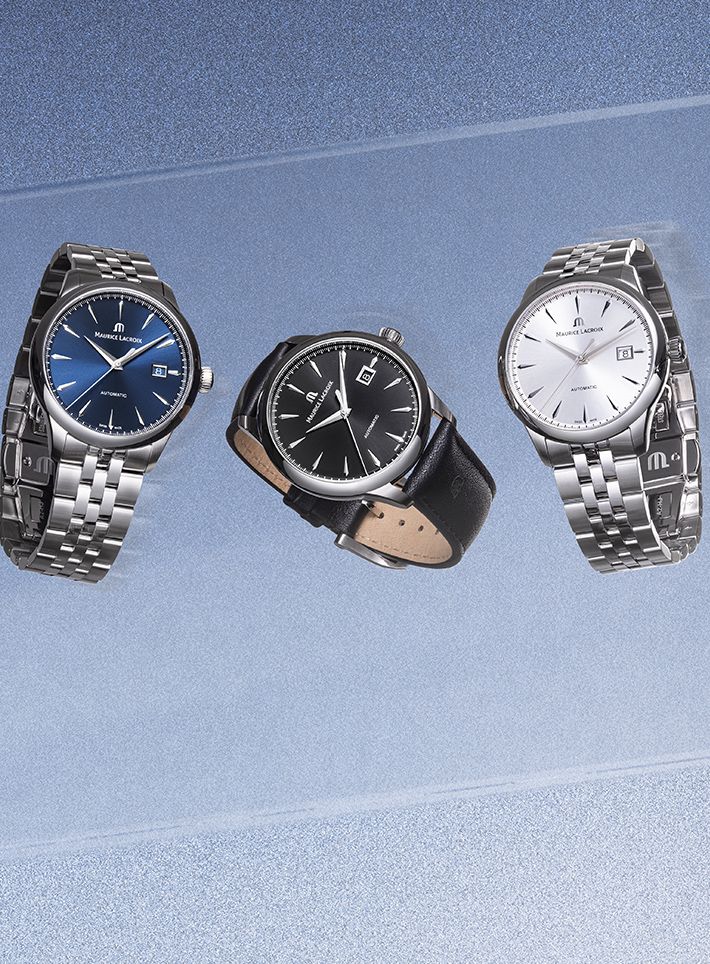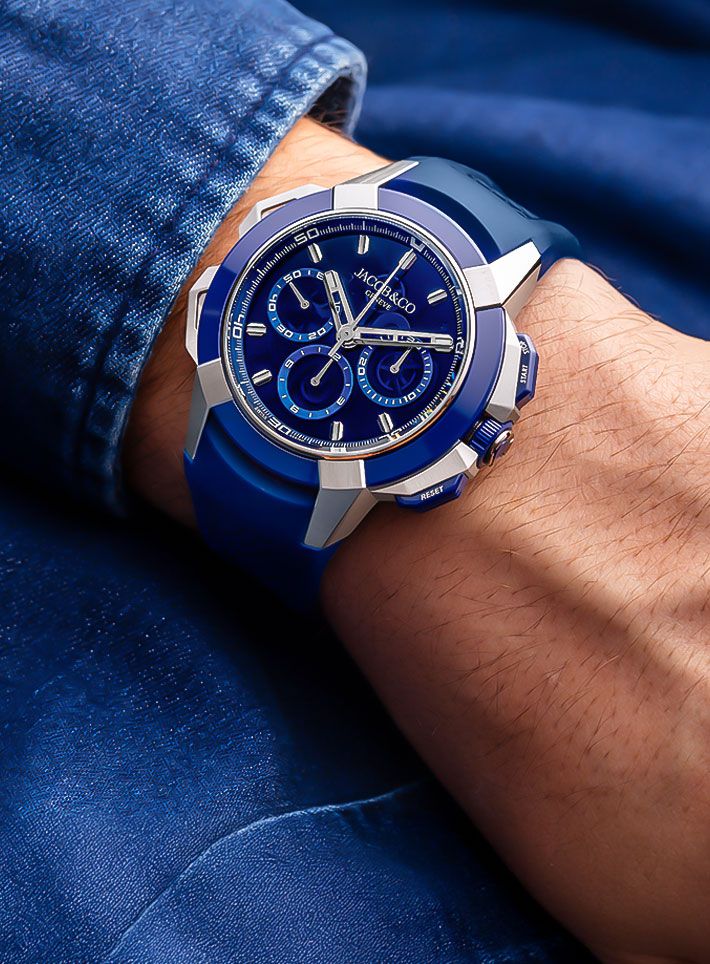SpotlightHublot Big Bang Unico Novak Djokovic: The Watch Built From Championship DNA
The phrase 'wearing history' takes on new meaning when the watch on your wrist is partially made from the equipment that secured tennis' greatest achievement
May We Recommend
Most watchmakers wouldn’t dream of destroying a champion’s racquets… But Hublot aren’t among them. For their latest collaboration with Novak Djokovic, they took 25 of the racquets that helped him secure his record-breaking 24th Grand Slam title, ground them into dust, and turned them into a watch. It’s either brilliant or blasphemous, depending on how you look at it.
But they didn’t stop there. They also shredded 32 of his game-worn Lacoste shirts from the 2023 season, mixing the blue fabric with the carbon composite to create something entirely new. The result is the Big Bang Unico Novak Djokovic, a 42mm chronograph that carries within it the literal DNA of one of tennis’ greatest achievements.
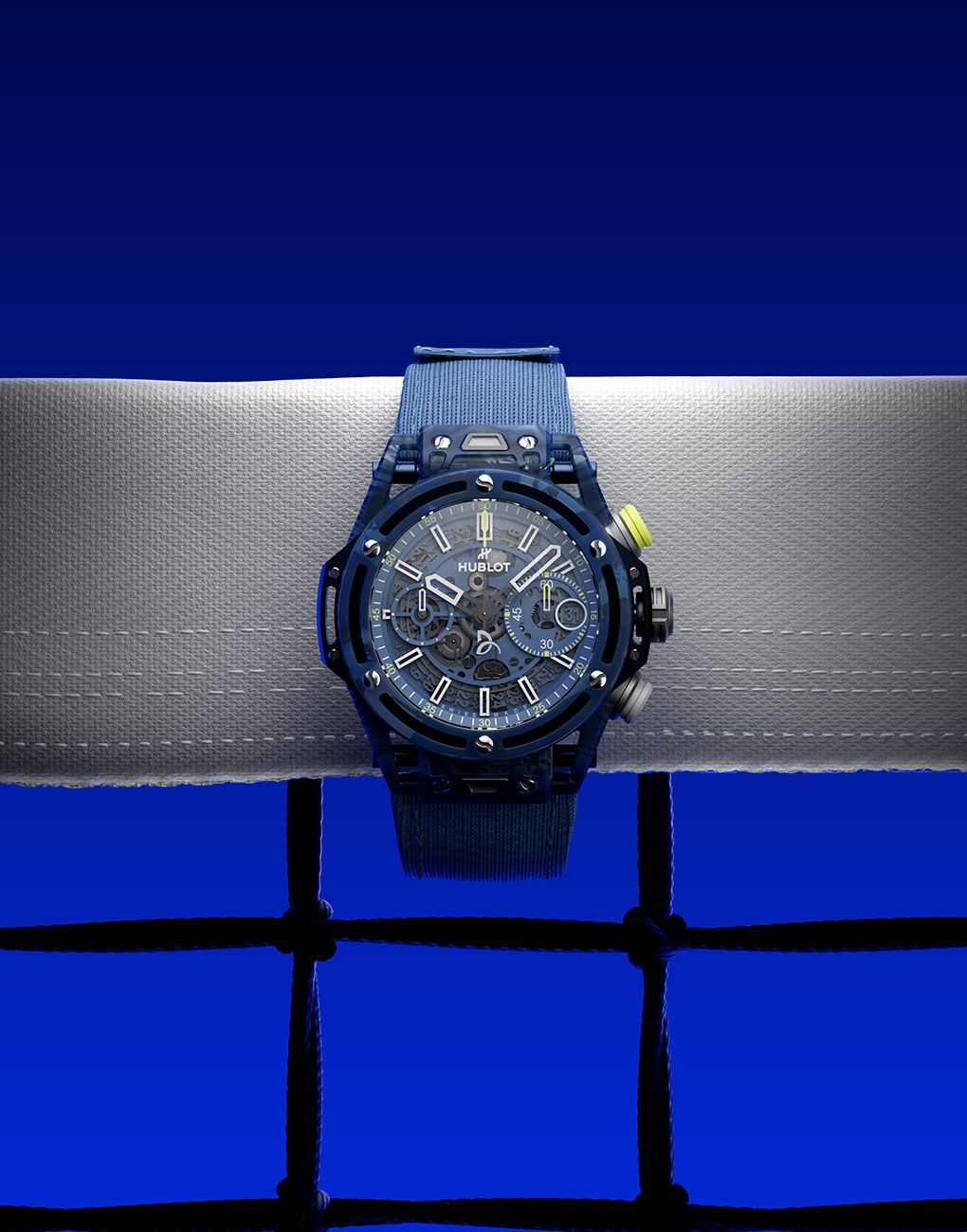
Hublot Big Bang Unico Novak Djokovic Edition: The Material Innovation Story
This isn’t just clever marketing—the material science here is genuinely interesting. The composite blends epoxy resin with ground-up racquet carbon fibre, textile fragments from those blue Lacoste polos, and additional reinforcement from quartz powder and glass. The result is a matte blue case with an almost camouflage-like pattern, where you can actually see bits of dark and light blue fabric suspended in the material like insects in amber.

But creating a case material from tennis equipment wasn’t enough for Hublot’s engineers. They went on a weight-saving crusade throughout the entire watch. Out went the traditional sapphire crystal in favour of Gorilla Glass, which cuts the weight in half while maintaining scratch resistance. The pushers, crown, caseback, and other components typically made of steel? Well, all aluminum now.

The Technical Edge
Under the skeletonised dial beats Hublot’s in-house HUB1280 movement, but not as we’ve seen it before. The chronograph calibre has been stripped down and rebuilt with lightweight aluminium components finished in anodised light blue—a technical flex that proves this isn’t just about surface-level changes. It still delivers the expected 72-hour power reserve and 4Hz beat rate, but does it while weighing significantly less than its brass-based sibling—27 per cent to be precise.
The specs tell an impressive story: 42mm in diameter, 14.5mm thick, and a total weight of just 49.5 g when paired with its elastic strap. For context, that’s lighter than the tennis balls Djokovic serves at 200 kmph. Water resistance is still a respectable 100m, suggesting Hublot haven’t sacrificed durability in their pursuit of lightness.

Details In Design
The tennis references here could have easily veered into gimmicky territory, but Hublot shows surprising restraint. Yes, there’s a yellow chronograph pusher that mirrors a tennis ball, and the bezel screws have been subtly reshaped to echo the same form. But they blend naturally into the overall design rather than screaming ‘sports watch!’ The dial maintains Hublot’s industrial aesthetic, with its open-worked architecture allowing glimpses of the blue-anodised movement beneath. Djokovic’s ‘D’ logo appears as a counterweight on the seconds hand—a clever touch that you might miss at first glance.

The watch comes with a quartet of strap options, including what might be a first in haute horlogerie: a proper tennis sweatband attachment. There’s also a velcro option with a blue aluminium buckle, a white rubber strap, and a Lacoste-branded variant, all swappable via Hublot’s one-click system.
The Final Word
On paper, this Big Bang sounds like it could have been a marketing gimmick—grind up some tennis gear, make a watch, cash in on Djokovic’s legacy. But there’s something more interesting happening here. Hublot have managed to turn sports memorabilia into genuine watchmaking innovation, creating a composite that’s not just different for the sake of being different, but actually advances their ultra-lightweight watchmaking expertise. The fact that each case contains fragments of tennis history? That’s just a bonus that makes the story worth telling.
